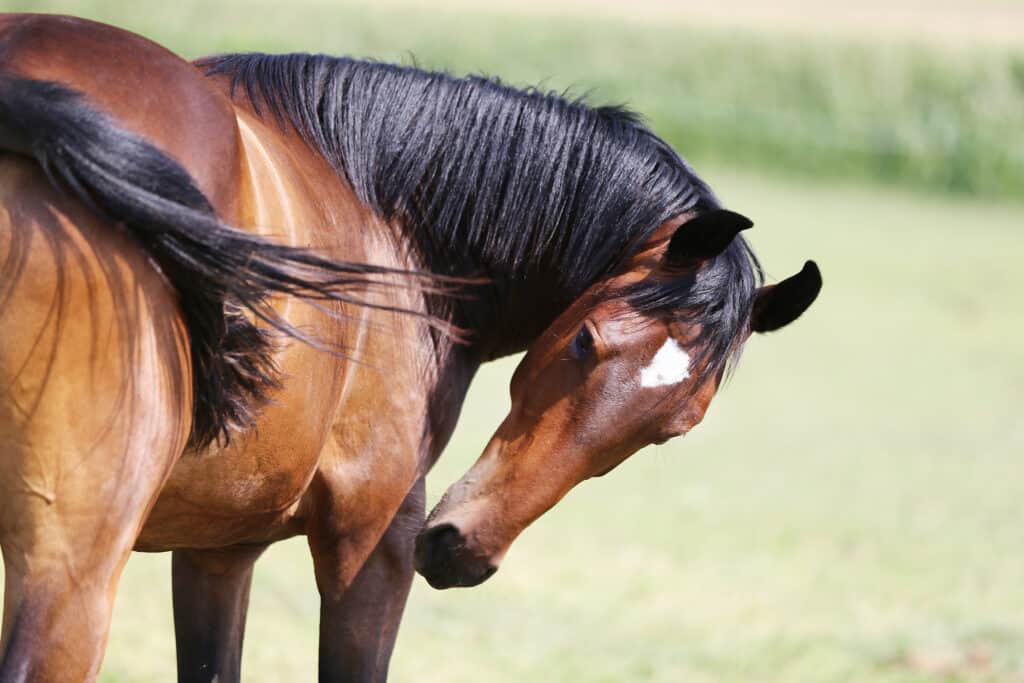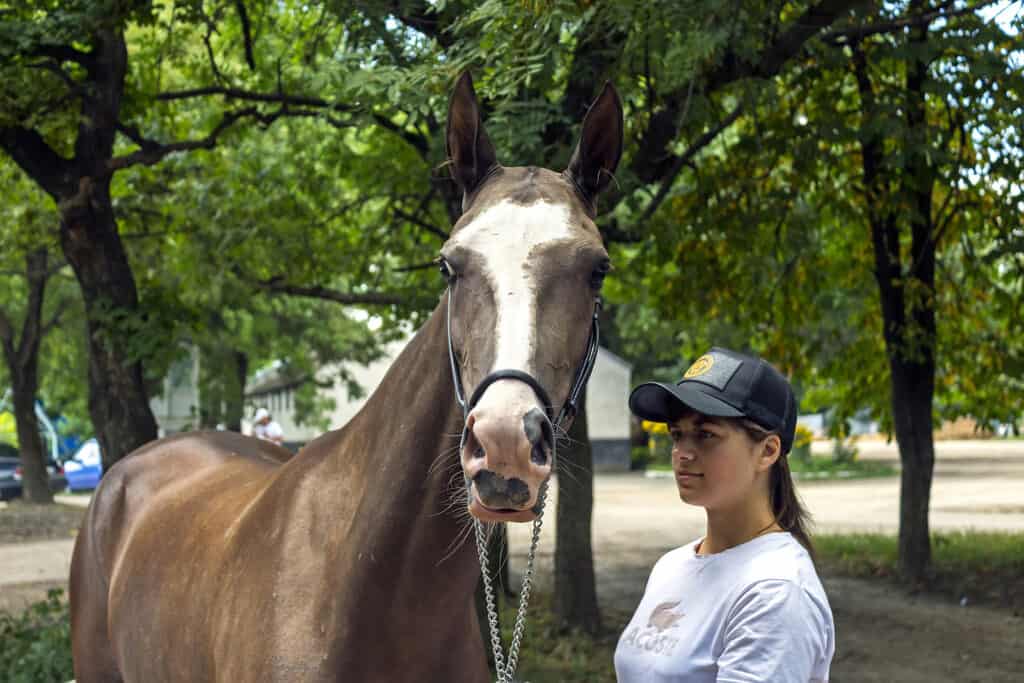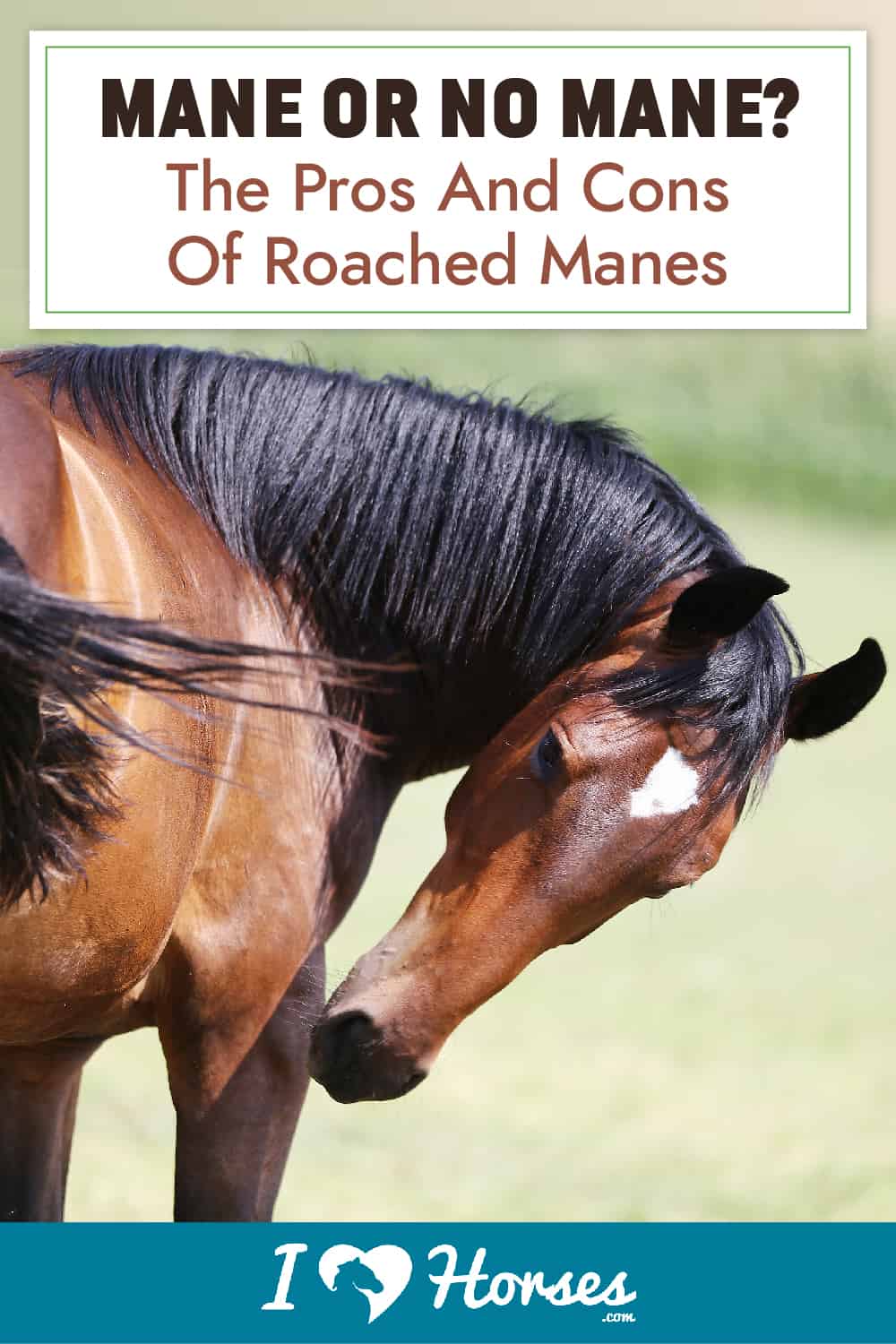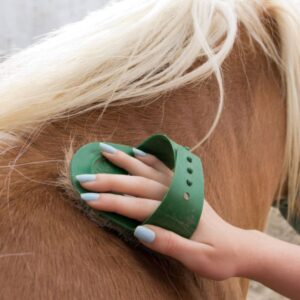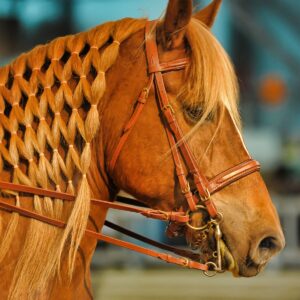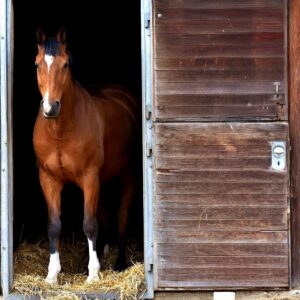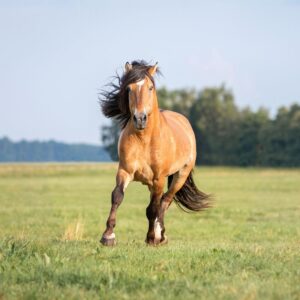We all love a horse with a long flowing mane blowing in the wind as they gallop across the field. Simply put, a long mane is beautiful. For some horses, however, a short mane is much more practical. This is especially true for horses who are often in the show ring. This is usually done by a process called roaching. Here are some pros and cons of mane roaching and a few other grooming tips for mane heath.
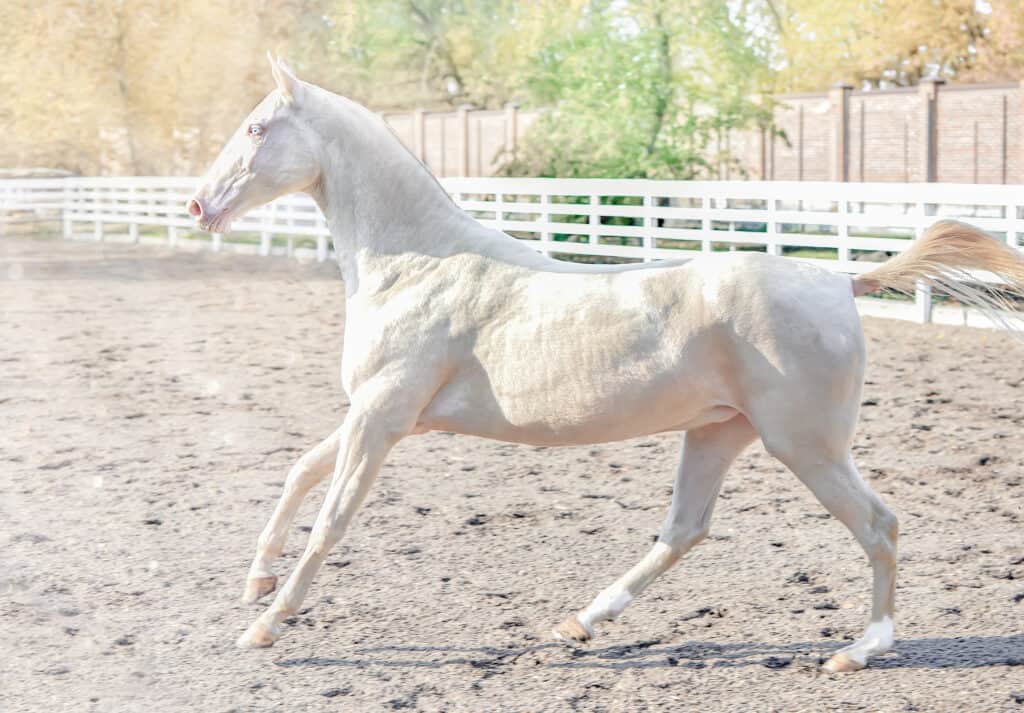
Pros of Roaching
Many disciplines like polo, jumping, and roping tend to lean towards the side of pro-roaching for the simple fact that the horse’s mane can get in the way of reins, rope, or polo gear, thus it is easier to have it not there. In fact, it’s a common practice for those disciplines. Specific breeds, like Fjords, will almost always have a roached mane as it is their standard. And with the mane roached, the black stripe in the middle is easily seen – the unique characteristic of the breed.
Roaching can also help with horses with an ectoparasite problem such as lice, so cutting it off makes it healthier for the horse. A heavy mane can also make a horse feel pretty hot in the summertime.
Also, if your horse likes to rub their mane on a fence post, or it becomes matted, you might be left with little options. Therefore, shaving it down can help it grow back healthy by starting fresh. Although it will take some time, their mane will grow back evenly with no damage.
Cons of Roaching
Although roaching has many pros, it also has a few cons. Without a mane, horses have less protection against insects such as flies and mosquitos. This is definitely important for horses that spend most of their days in a pasture.
The mane also helps a horse with temperature regulation, helping keep a horse warm during harsh winter months. Horses with a roached mane may need a cover during the winter if they are housed in a pasture.
Mane Health
If you like the look of a flowing mane and want to keep your horse's mane long and luscious, here are a few tips to promote it.
- Never try to pull a comb through those wretched burrs or tangles! Trying to force a comb or brush through these sorts of obstacles can make things worse and it is not a nice feeling for the horse. Apply a detangler or conditioner to the problem area first and let it soak, then work on those burrs.
- Brush your horse’s mane daily and gently using a wide-tooth comb.
- Braid your horse’s mane to prevent breakage.
- When washing your horse’s mane, use shampoos that are sulfate-free so natural oils are not stripped. Use a leave-in conditioner and concentrate on the roots.
- Be patient. If your horse has a thick mane and there is a lot of detangling to do, don’t rush it or you will risk breaking their mane.
Horse Courses by Elaine Heney
- Listening to the Horse - The Documentary by Elaine Heney & Grey Pony Films
- Shoulder In & Out Training for better balance, bend & topline development with your horse
- Over 110+ Polework Exercises & Challenges to Download
- Dancing at Liberty & Creating Connection with Your Horse (11 lessons) - Grey Pony Films

